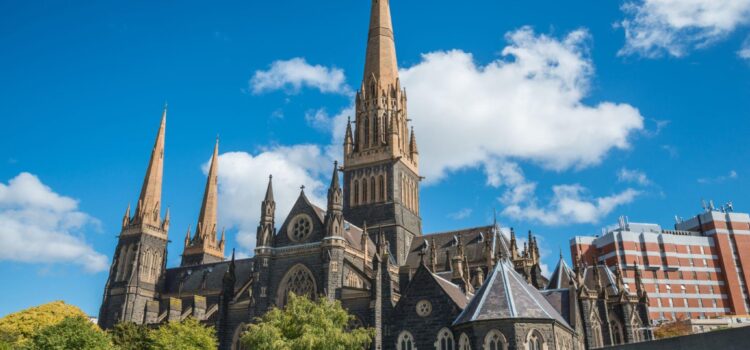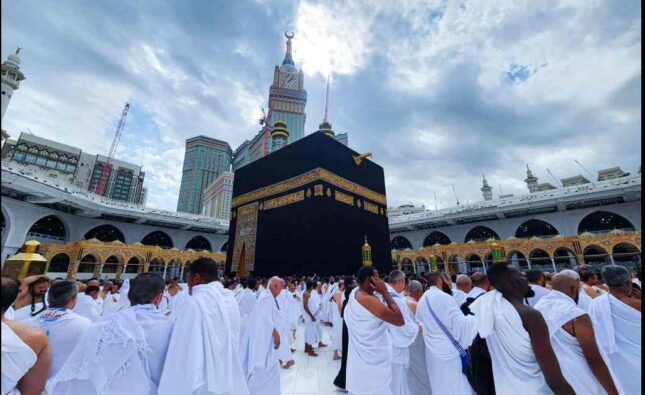
Churches have held a significant place in human history, serving as places of worship, cultural landmarks, and architectural marvels. Among them, some stand out for their sheer size and breathtaking grandeur. In this article, we embark on a global tour to explore the largest churches in the world, each with its own unique stories and charm.
1. St. Peter’s Basilica – Vatican City
Our journey begins in the heart of Vatican City, where the awe-inspiring St. Peter’s Basilica reigns supreme. As the epicenter of the Roman Catholic Church, it holds tremendous spiritual and historical significance. The grandeur of its architecture and the abundance of artistic masterpieces within its walls leave visitors spellbound.
The Basilica’s dome, designed by Michelangelo, stands as a testament to human ingenuity and faith. The awe-inspiring Pietà sculpture by the same artist and Bernini’s magnificent bronze canopy over the high altar are just a few of the numerous treasures housed within its walls. For Catholics, a visit to St. Peter’s Basilica is a pilgrimage of a lifetime, offering a profound spiritual experience.
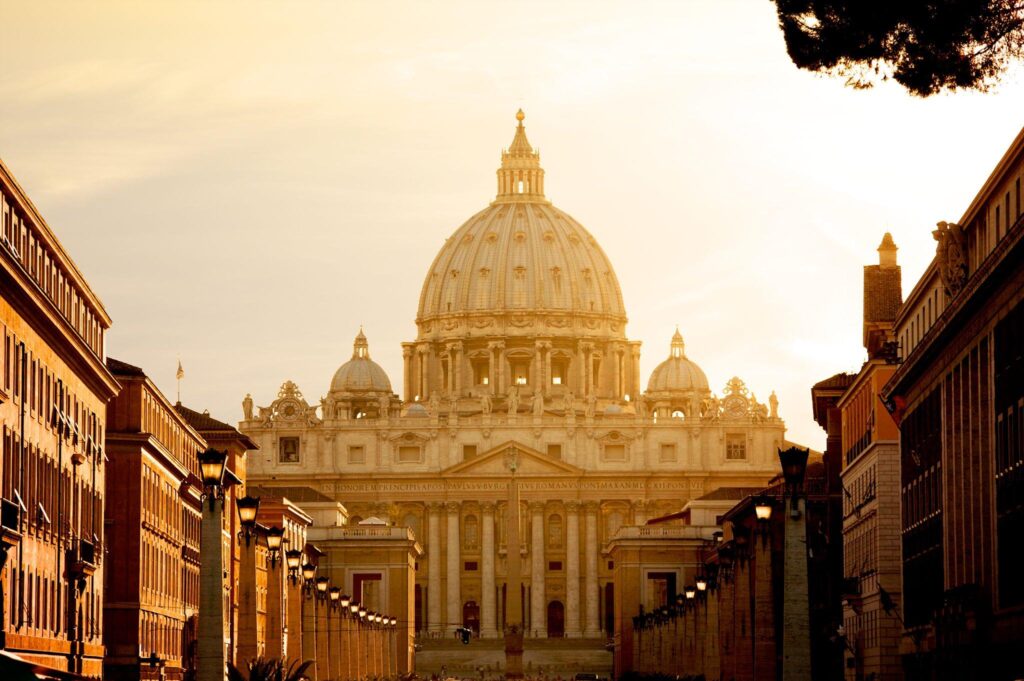
FACTS
The original basilica was built in the 4th century AD, but the current structure was completed in 1626. The original basilica was ordered to be built by Emperor Constantine the Great, and the current basilica was commissioned by Pope Julius II. St. Peter’s Basilica is considered one of the holiest Catholic sites and is built on the site where St. Peter, one of Jesus’ apostles, is believed to be buried.
2. Basilica of the National Shrine of Our Lady of Aparecida – Brazil
From the heart of the Vatican, we journey to Brazil, where the Basilica of the National Shrine of Our Lady of Aparecida stands as a symbol of devotion and faith. Dedicated to the patron saint of Brazil, Our Lady of Aparecida, this colossal church attracts millions of pilgrims each year.
The Basilica houses a small statue of Our Lady of Aparecida, which is believed to have miraculous powers. Pilgrims from all walks of life come to seek her blessings and offer their prayers. The vastness of the Basilica’s interior, along with its stunning neo-Romanesque architecture, creates a sense of awe and reverence.
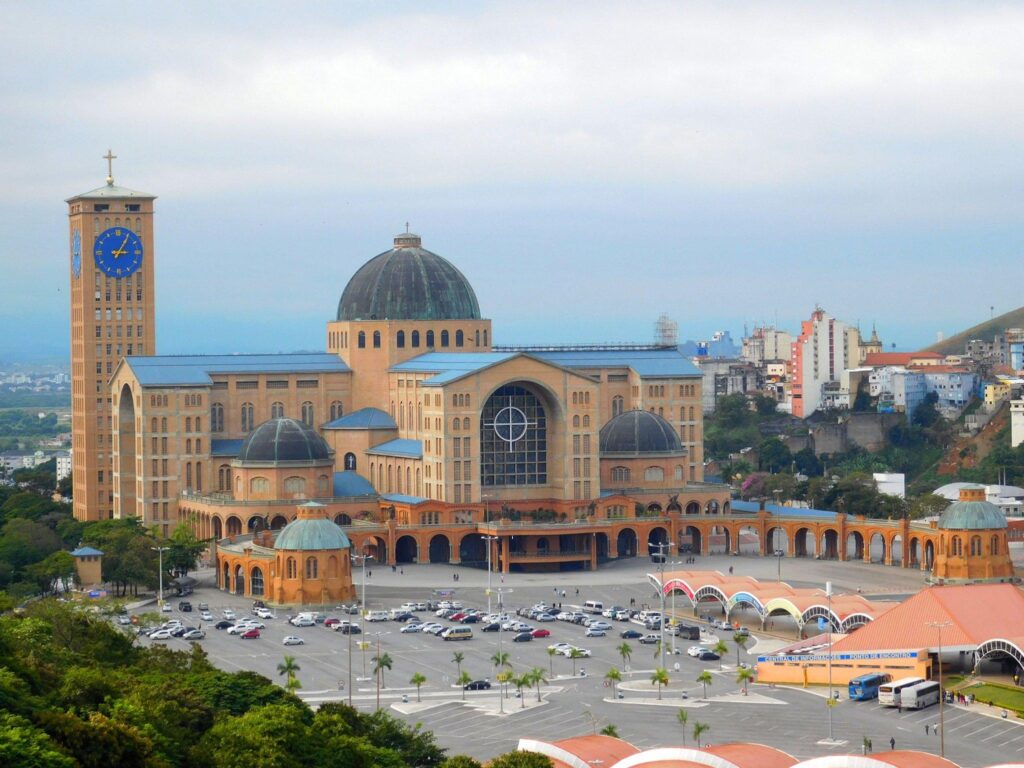
FACTS
The foundation stone was laid in 1955, and the basilica was inaugurated in 1980. The construction of the basilica was initiated by the Redemptorist Order and received support from the Brazilian government. The Basilica of Our Lady of Aparecida is dedicated to Our Lady of Aparecida, the patron saint of Brazil, and is one of the largest Marian shrines in the world.
3. Sagrada Familia – Spain
From Brazil, we cross continents to Spain, where the awe-inspiring Sagrada Familia in Barcelona stands as an architectural marvel still in progress. Designed by the renowned architect Antoni Gaudi, this basilica is a stunning blend of Gothic and Art Nouveau styles.
The Sagrada Familia’s construction began in 1882 and continues to this day, with an expected completion date in the coming decades. Its unique facade, adorned with intricate sculptures and faceted towers, captures the imagination of all who lay eyes on it. The interior is equally mesmerizing, with its forest-like columns and colorful stained glass windows that create a breathtaking play of light and color.
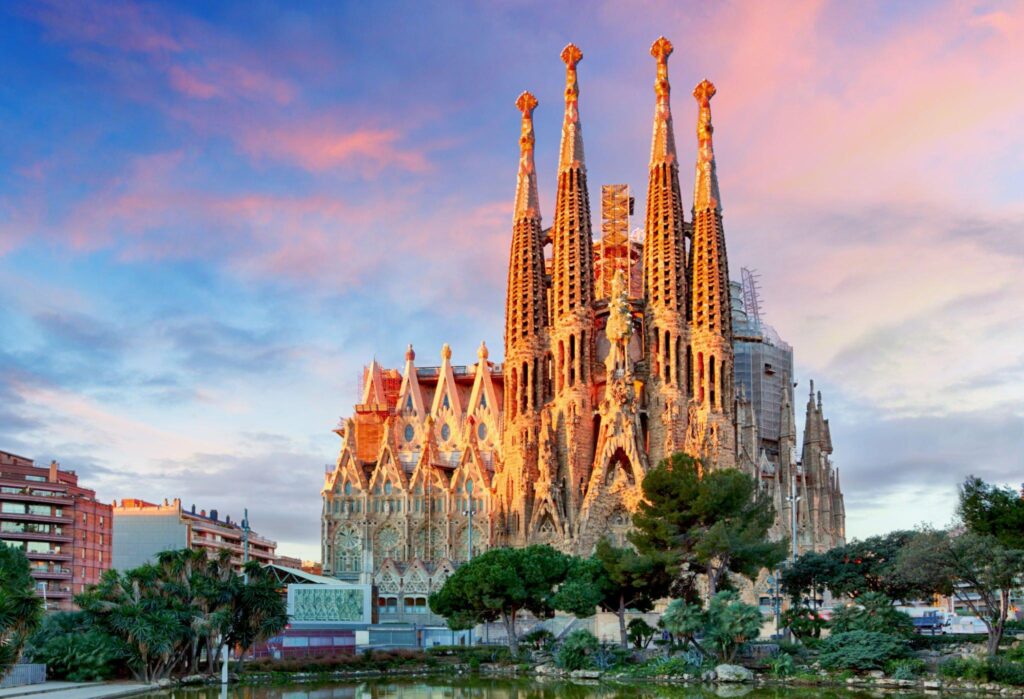
FACTS
Construction began in 1882, and the basilica is still under construction, with an expected completion date in the 2030s. The idea for the basilica was conceived by bookseller Josep Maria Bocabella, and architect Antoni Gaudi took over the project a year after its inception. The Sagrada Familia is Gaudi’s most famous work, and it is characterized by its unique and innovative architectural design that combines Gothic and Art Nouveau elements.
4. Milan Cathedral (Duomo di Milano) – Italy
Our journey continues to Italy, where the Milan Cathedral, known as Duomo di Milano, stands as an iconic symbol of the city’s rich history and religious devotion. This majestic Gothic cathedral took nearly six centuries to complete and is a true testament to the dedication of generations of builders and artists.
The cathedral’s elaborate facade, adorned with over 3,000 statues, is a sight to behold. Its roof terraces offer panoramic views of Milan, rewarding visitors with a breathtaking cityscape. Inside, the cathedral’s vast interior is adorned with beautiful stained glass windows and intricate marble carvings, leaving visitors in awe of its grandeur.
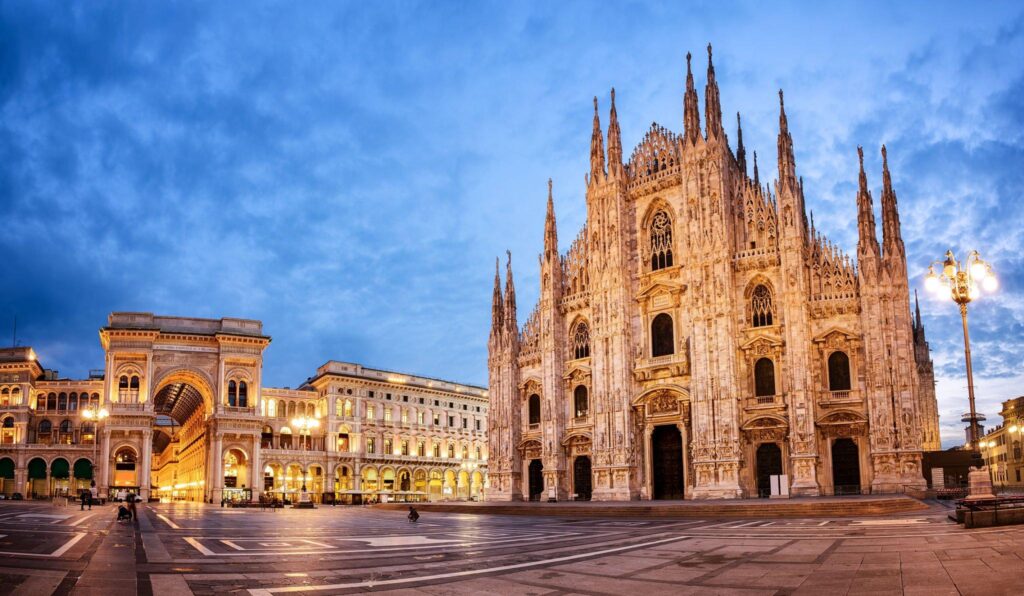
FACTS
Construction began in 1386, and the cathedral was completed in 1965. The cathedral was commissioned by Archbishop Antonio da Saluzzo and later continued by Gian Galeazzo Visconti. The Milan Cathedral is the largest church in Italy and took nearly six centuries to complete.
5. St. Patrick’s Cathedral – New York, USA
From Europe, we cross the Atlantic to New York City, where the neo-gothic masterpiece, St. Patrick’s Cathedral, graces the bustling streets of Manhattan. This architectural gem has served as a spiritual haven for Catholics and a symbol of the city’s rich religious heritage.
The exterior of St. Patrick’s Cathedral features awe-inspiring spires and intricate stone carvings. As visitors step inside, they are greeted by a tranquil ambiance, with soft light filtering through the stained glass windows. The cathedral’s stunning altars, chapels, and religious artwork captivate all who enter, making it a must-visit destination in the heart of New York.
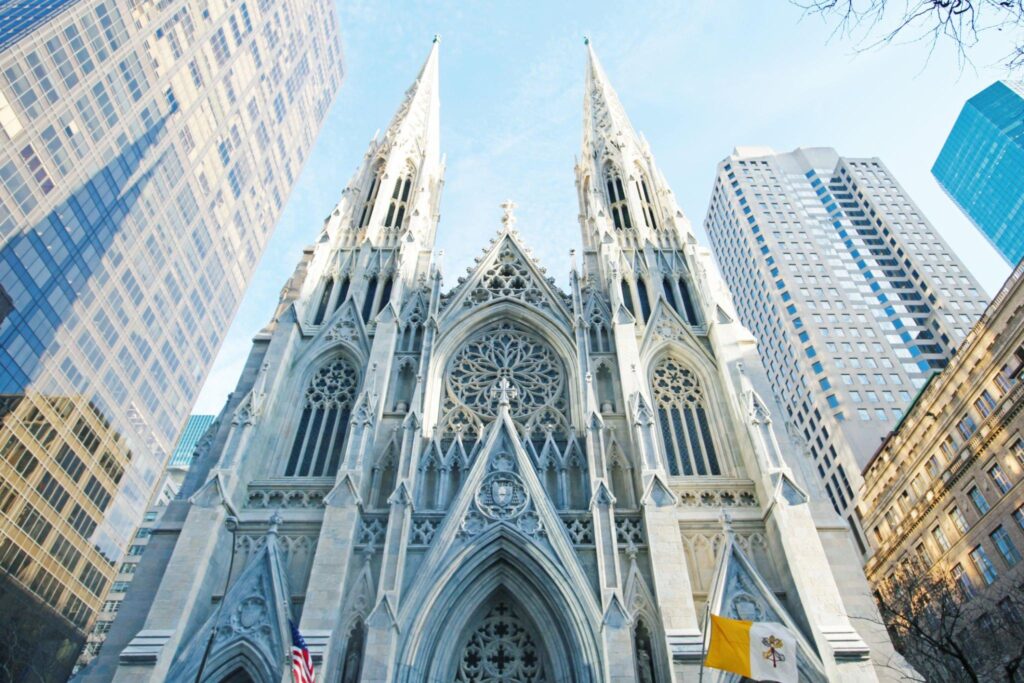
FACTS
Construction began in 1858, and the cathedral was completed in 1878. The idea for the cathedral was conceived by Archbishop John Hughes, and the cornerstone was laid by Archbishop Hughes in 1858. St. Patrick’s Cathedral is a neo-gothic architectural gem in the heart of Manhattan and serves as the seat of the archbishop of New York.
6. Seville Cathedral – Spain
We return to Spain, this time to Seville, where the largest Gothic cathedral in the world awaits our exploration. The Seville Cathedral, a UNESCO World Heritage site, is an architectural marvel that took over a century to build.
The Giralda tower, once a minaret of a mosque, now serves as a bell tower and offers breathtaking views of the city. Inside, the cathedral’s sheer size and grandeur are awe-inspiring, with intricate details on every corner. The stunning altars, including the breathtaking retablo, and the tomb of Christopher Columbus add to the cathedral’s allure.
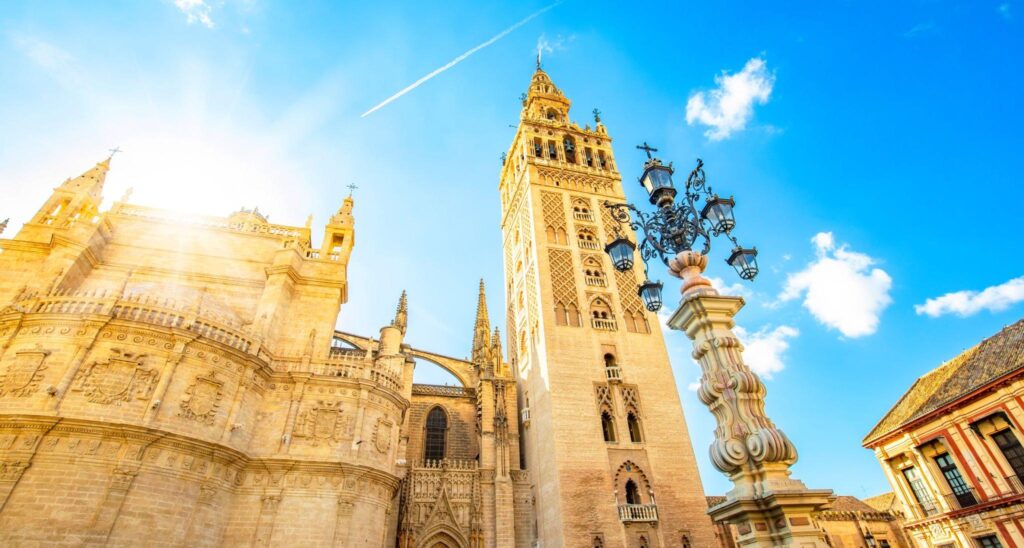
FACTS
Construction began in 1402, and the cathedral was completed in 1506. The cathedral was commissioned by King Ferdinand III of Castile and built on the site of a former mosque.
Westminster Abbey – London, UK
Our final destination takes us to the heart of London, where Westminster Abbey stands as a symbol of British history, monarchy, and cultural heritage. This historic church has witnessed countless royal coronations, weddings, and burials, making it a significant landmark in British history.
The Gothic architecture of Westminster Abbey is a sight to behold, with its soaring arches and stunning stained glass windows. The Poets’ Corner, where renowned writers and poets are laid to rest, adds a sense of literary richness to the church. A visit to Westminster Abbey is a journey through time, immersing visitors in the pages of British history.
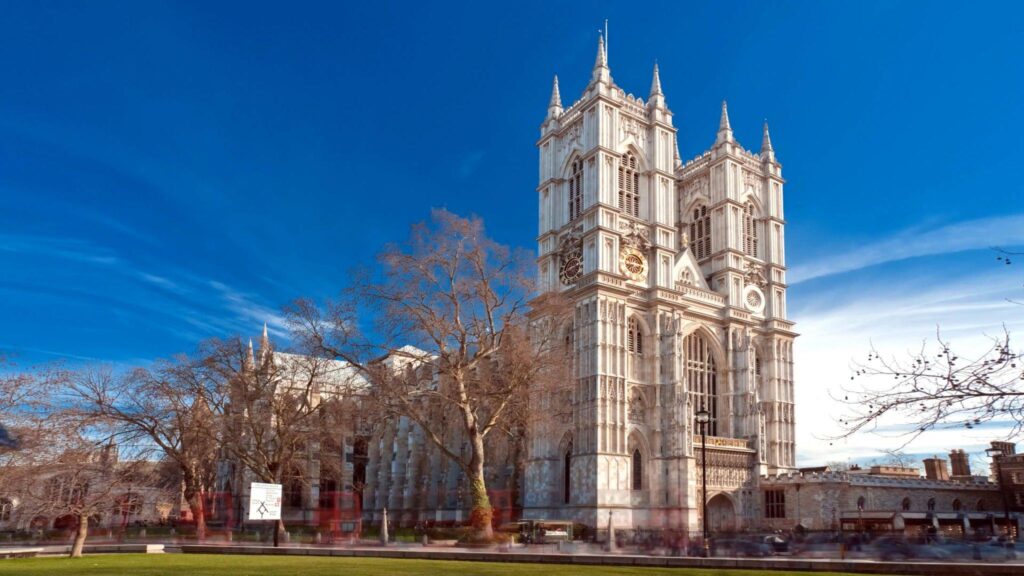
FACTS
Construction began in 1245, and the abbey was consecrated in 1065. The abbey was founded by Edward the Confessor, the King of England. Westminster Abbey is a significant religious and cultural landmark in British history and has been the site of numerous royal coronations, weddings, and burials.
CONCLUSION
As we conclude our global tour of the largest churches, we are left in awe of the grandeur and spiritual significance these architectural wonders hold. From the iconic St. Peter’s Basilica in Vatican City to the historic Westminster Abbey in London, each church leaves an indelible mark on the hearts of visitors.
These majestic structures not only serve as places of worship but also as cultural landmarks that unite people from different corners of the world. Their sheer size, architectural brilliance, and religious importance make them a must-visit for travelers and pilgrims alike.
FAQs
- What is the largest church in the world?
- St. Peter’s Basilica in Vatican City holds the title of the largest church in the world.
- Are all these churches open to visitors?
- Yes, all the churches mentioned in the article are open to visitors and tourists.
- How long did it take to build these grand structures?
- The construction of these churches spanned several centuries, with some still undergoing expansion or renovation.
- Can visitors attend religious ceremonies at these churches?
- Yes, visitors can attend religious ceremonies such as Mass and prayer services at these churches.
- Are there any special events or festivals held at these churches?
- Yes, many of these churches host special events, religious festivals, and ceremonies throughout the year, attracting pilgrims and tourists from around the world.
Please note that historical records may vary, and some founding years are approximate due to the long construction periods and renovations of these historical churches.










